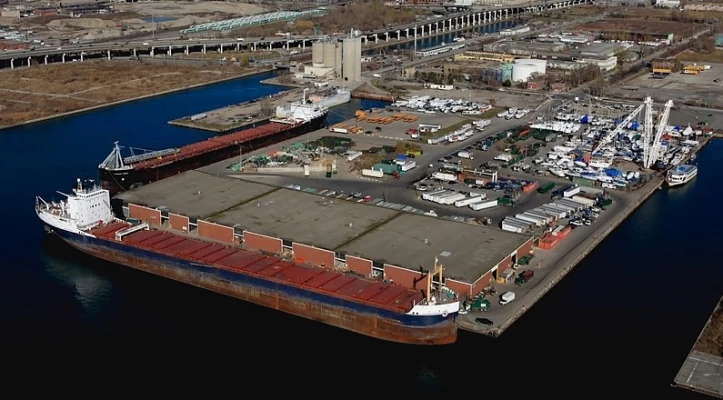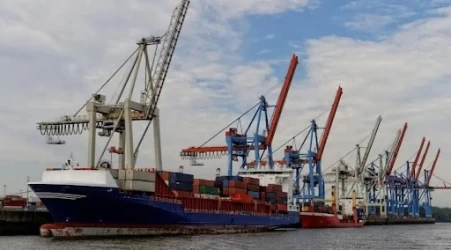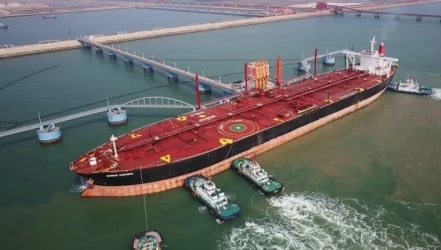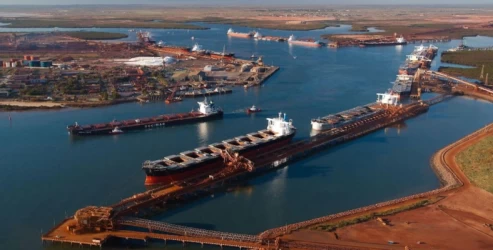Sea Freight in the Port of Toronto
The Port of Toronto, located on the northwest shore of Lake Ontario, is one of Canada’s largest inland ports. It has been a crucial gateway for trade and transportation since its establishment in 1793. The port plays a significant role in the economic infrastructure of Toronto, providing a seamless network of intermodal links to road, rail, and air transportation.
Historical Significance
The Port of Toronto has a rich history dating back to the late 18th century. Initially serving as a hub for local trade, it has evolved into a major player in international shipping. The port’s strategic location has made it a vital connection point for goods moving between Canada and the rest of the world.
Facilities and Infrastructure
The port covers over 21 hectares of land and includes several key facilities:
- Marine Terminal 51: This terminal handles a variety of bulk cargo, including sugar, salt, and cement.
- Warehouse 52: A large storage facility that supports the port’s logistics operations.
- International Marine Passenger Terminal: This terminal welcomes cruise ships and passengers from around the globe, boosting tourism in the region.
Economic Impact
The Port of Toronto is a vital economic engine for the city. In 2020, the port handled over 2.2 million metric tones of cargo, including road salt, sugar, cement, aggregate, and steel. This volume of cargo helps to reduce traffic congestion and lower the city’s carbon footprint by taking approximately 54,000 40-tonne trucks off the roads.
Environmental Benefits
Sea freight is one of the most environmentally friendly modes of transportation. By moving large volumes of cargo by ship, the Port of Toronto helps to reduce greenhouse gas emissions and alleviate traffic congestion in the city. The port’s operations contribute to a more sustainable and efficient transportation network.
Trade and Connectivity
The Port of Toronto serves as a gateway to the St. Lawrence Seaway, connecting Toronto to marine ports around the world. This connectivity allows for the efficient movement of goods and supports international trade. The port’s intermodal links ensure that cargo can be seamlessly transferred between ships, trucks, and trains, enhancing the overall efficiency of the supply chain.
Future Developments
The Port of Toronto continues to invest in its infrastructure to support future growth. Plans include upgrading existing facilities, expanding storage capacity, and enhancing intermodal connections. These improvements will ensure that the port remains a vital hub for sea freight and continues to support the economic development of Toronto and the surrounding region.
Conclusion Sea Freight in the Port of Toronto
The Port of Toronto is a critical component of Canada’s transportation network. Its strategic location, extensive facilities, and commitment to sustainability make it a key player in international trade. As the port continues to grow and evolve, it will play an increasingly important role in supporting the economic and environmental goals of the city and the country.
If you have any specific aspects of sea freight or the Port of Toronto you’d like to explore further, feel free to let me know!











